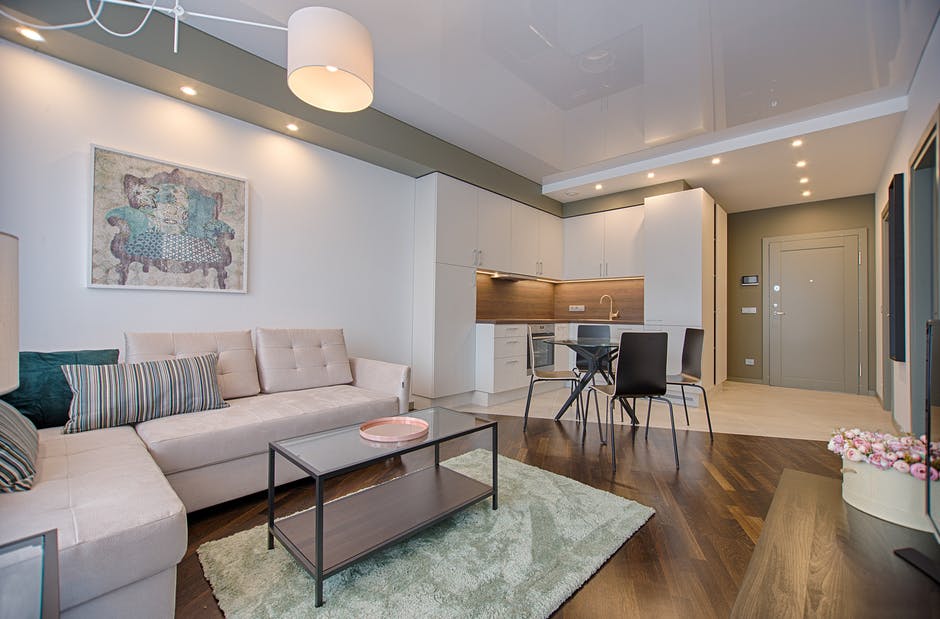Top 4 Risks of Living in a Basement
Once upon a time, basements were only used as storage areas and utility rooms. However, when urban landlords realized they could profit from turning basements into additional apartments, underground living became trendy.
You may consider living in a basement apartment because it can be cool, private, and inexpensive. It’s an efficient living arrangement, especially if you’re a young single professional.
However, basement living doesn’t come without risks. Read on to learn about a few hazards encountered by basement tenants.
1. Mold
Even when outfitted as adequate living spaces, basements are dark, damp, and cool. In other words, they are the perfect environment for mold. Though they might not be noticeable at first, mold spores may stick up from the basement floor or from its darkest corners.
Mold creates health risks which include:
- Upper respiratory tract infections
- Sinus infections
Allergy symptoms
- And headaches.
Prolonged exposure to a moldy living space may cause more serious health issues.
2. Floods
The fact that basements are at or below ground level makes them an attractive dwelling option at first glance. However, many basement dwellers don’t consider the high possibility of a flood.
Flooding is a risk in any basement, regardless of whether a building is located in a flood zone. When a home floods, the basement is the first floor to incur extensive damage. This is especially true if there are any cracks in the foundation, or if there are no proper drainage holes in the basement.
If you do decide to live in a basement, opt for maximum renter’s insurance coverage. Flood restoration for basement units is typically costly and extensive.
3. Living In a Basement Can Be Smelly
Even if your basement apartment is well-maintained and reasonably finished, you may still endure the occasional bad smell of sewage. If your building is near a sewage line, you might get an occasional whiff of the terrible smell, which may not be as prevalent anywhere as in the basement.
The sewage smell doesn’t usually waft through poorly insulated doors and windows, Instead, small amounts of methane may seep through tiny cracks in the basement’s foundation. Even if there is a layer of flooring placed over the concrete, the smelly gases will come through.
4. Poor Ventilation
Basement living units tend to have one entrance and a couple of windows. They are typically small and narrow. While you may love those characteristic nooks and crannies, this often leads to poor ventilation.
A lack of decent ventilation in an apartment is not only a fire hazard. It can also cause gases like Radon and Carbon Monoxide to be trapped in the unit.
Since basement apartments are below ground level, the likelihood of dangerous gases seeping through the foundation is high. Both Radon and Carbon Monoxide pose serious health risks, even during short term exposure. In fact, Carbon Monoxide can be fatal if not detected early enough.
Want More Tips?
Living in a basement can be fun and cost-effective, but only as long as you ensure that all of the above risks are eliminated. Renting from a responsible landlord who maintains their basement unit is key. Being a proactive tenant pays off as well.
For more tips on finding the ideal apartment, as well as expert advice on other real estate matters, come back to our blog regularly. Our insider knowledge in real estate can help you secure the pad of your dreams.

